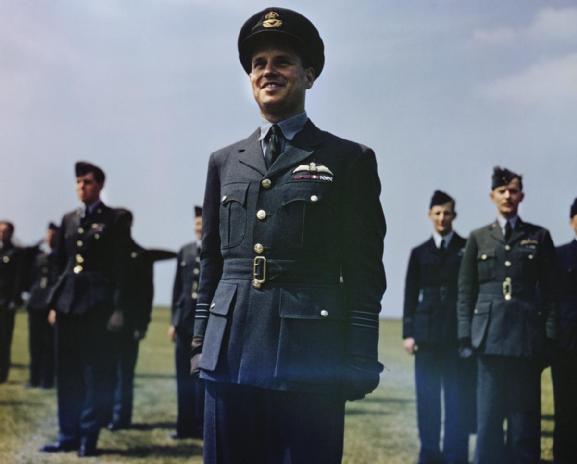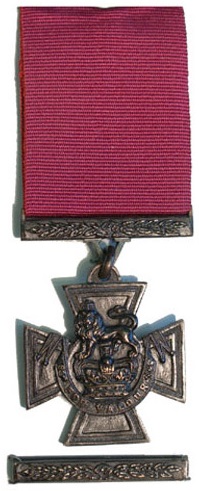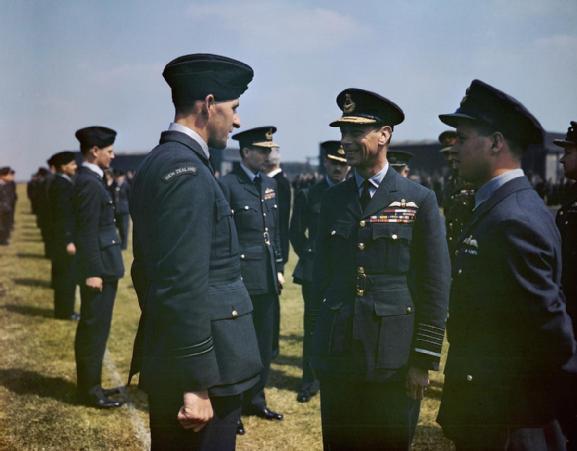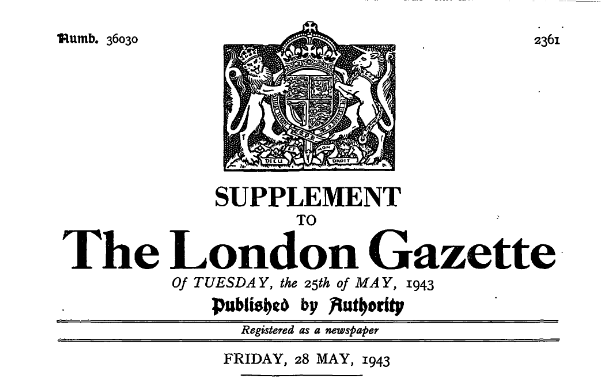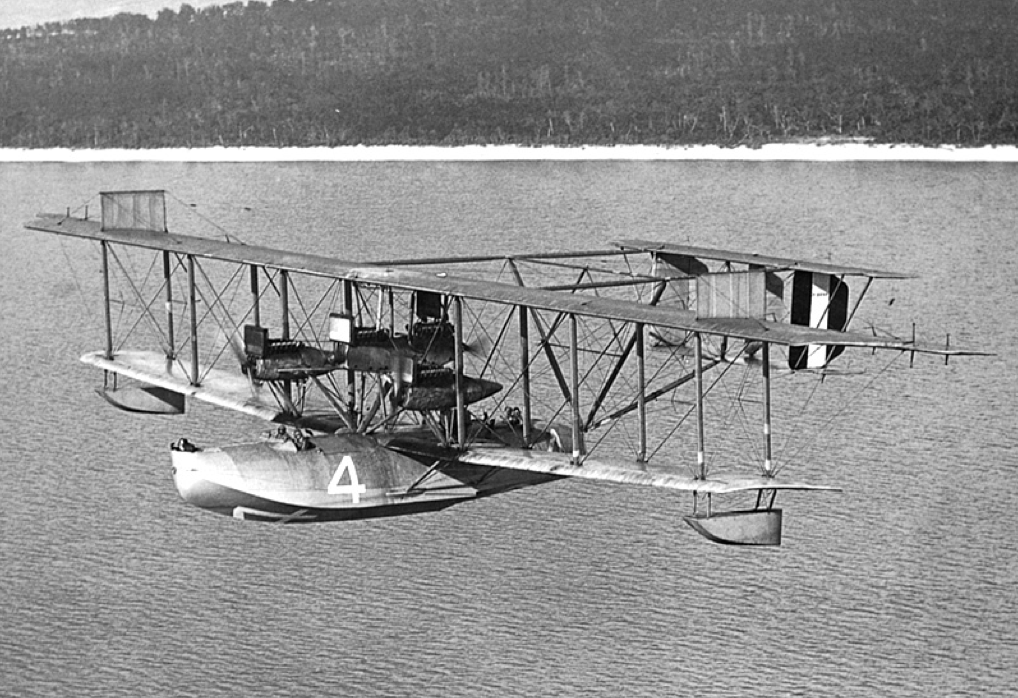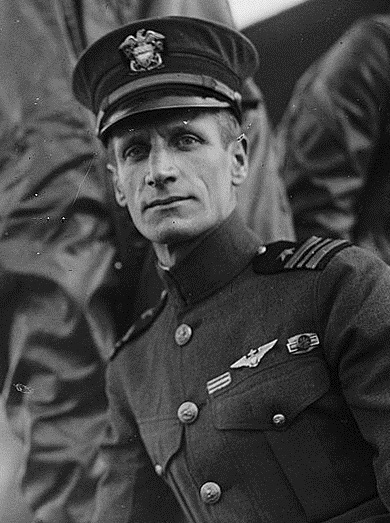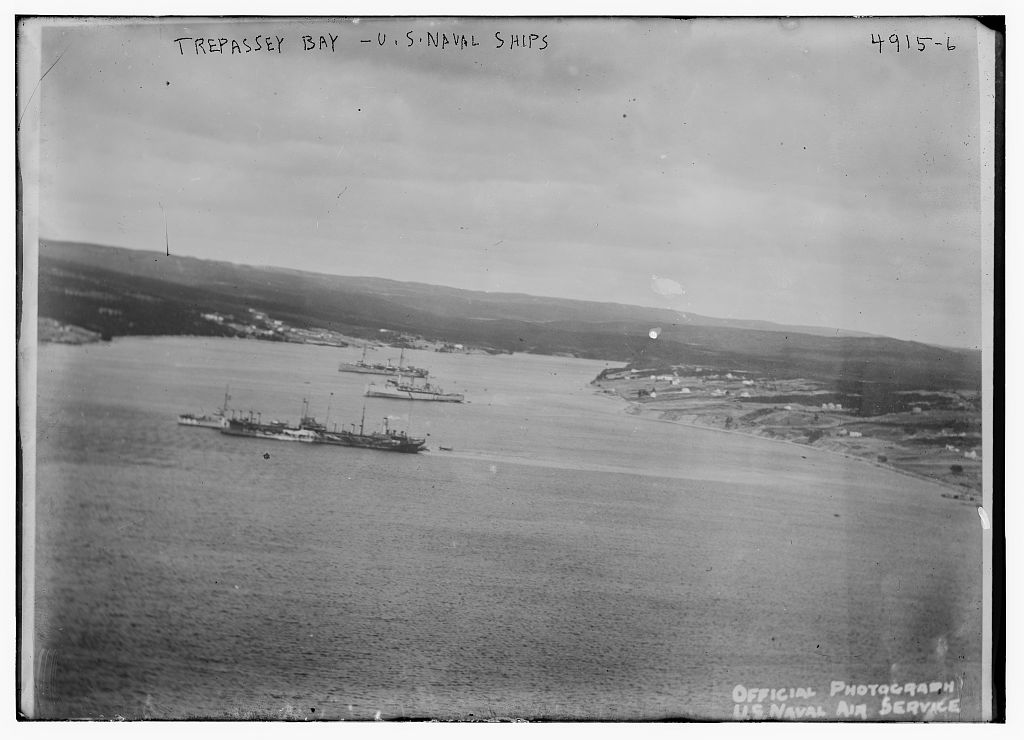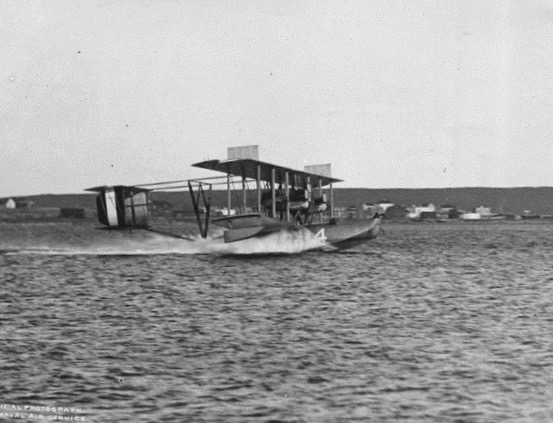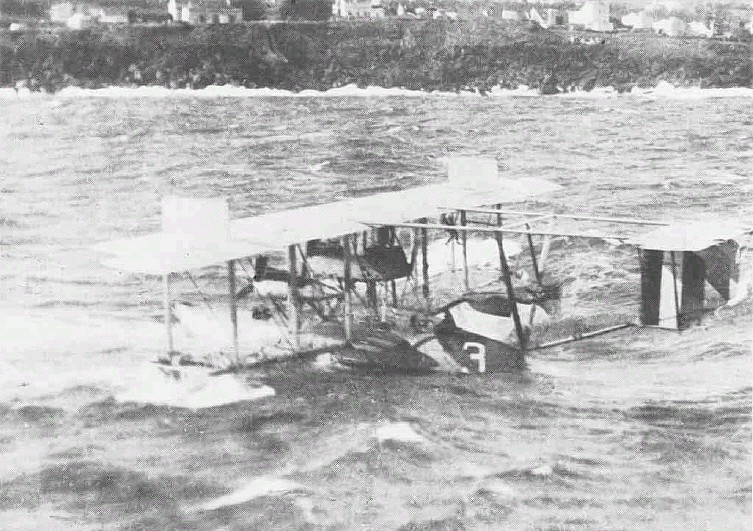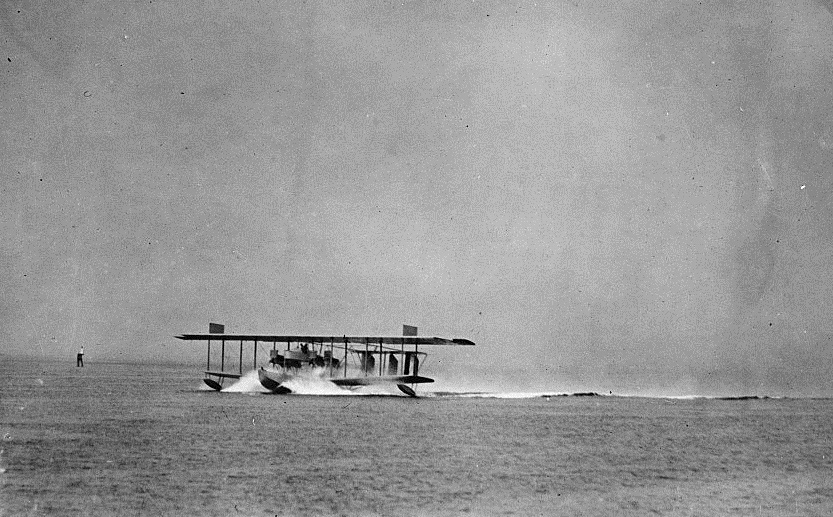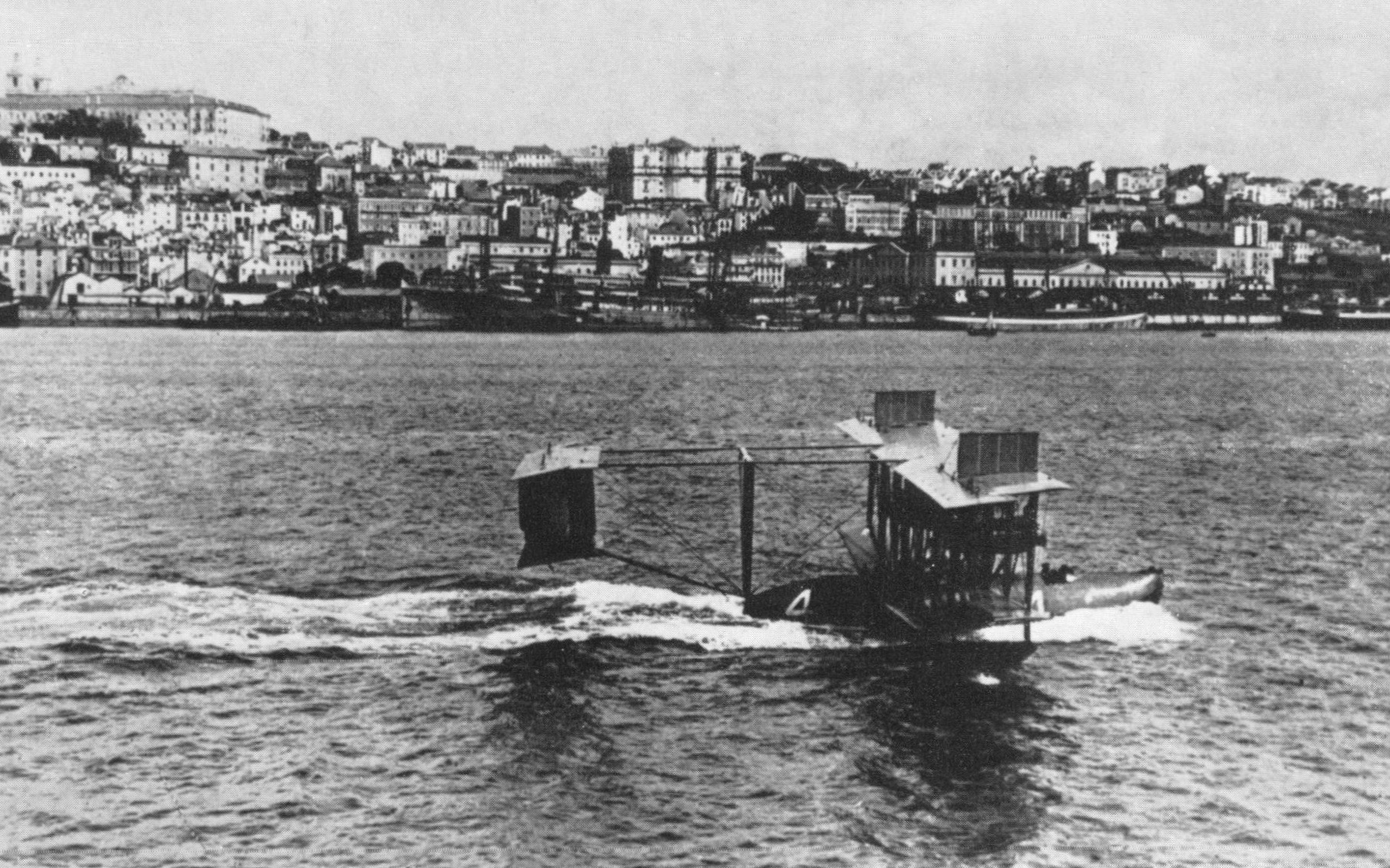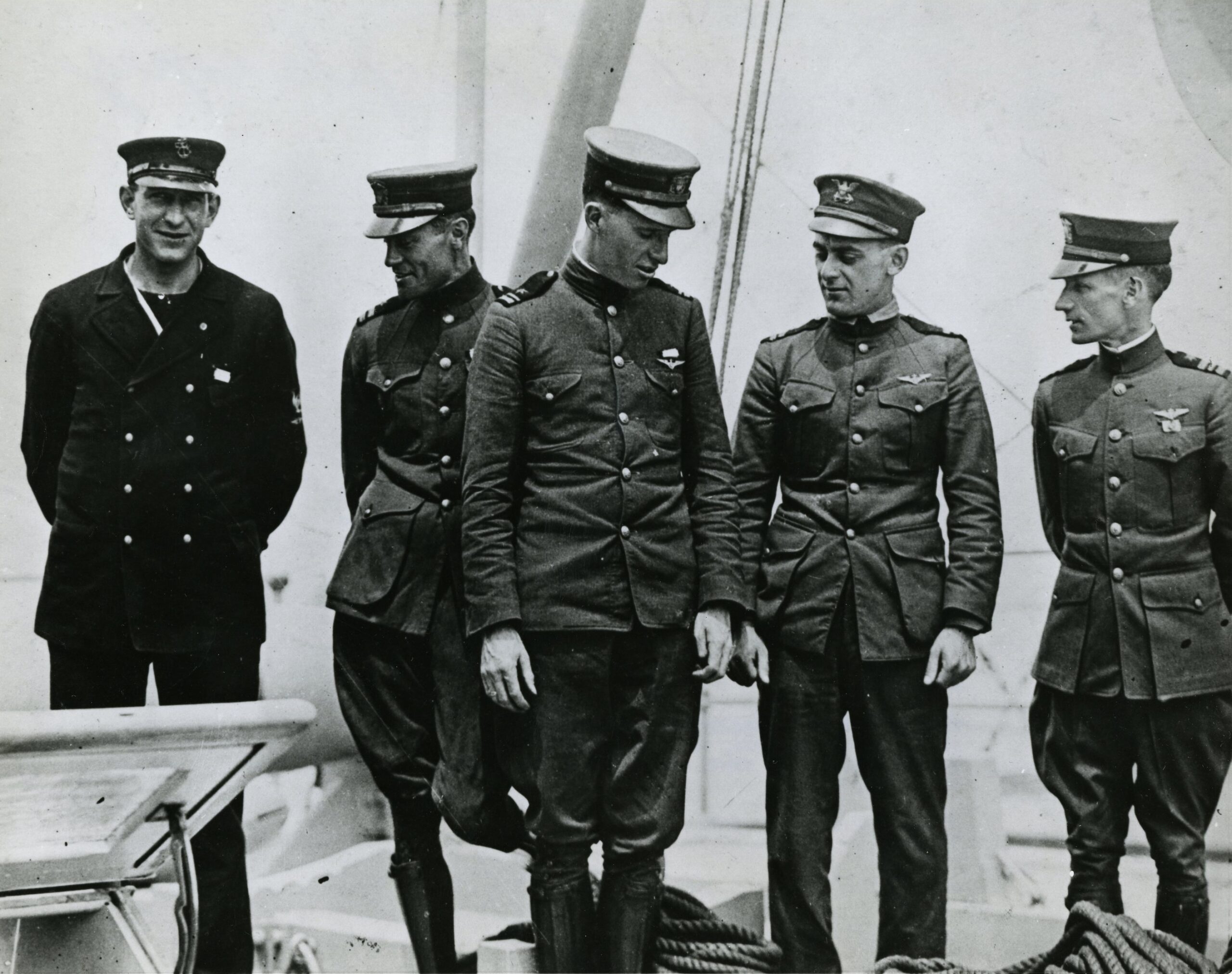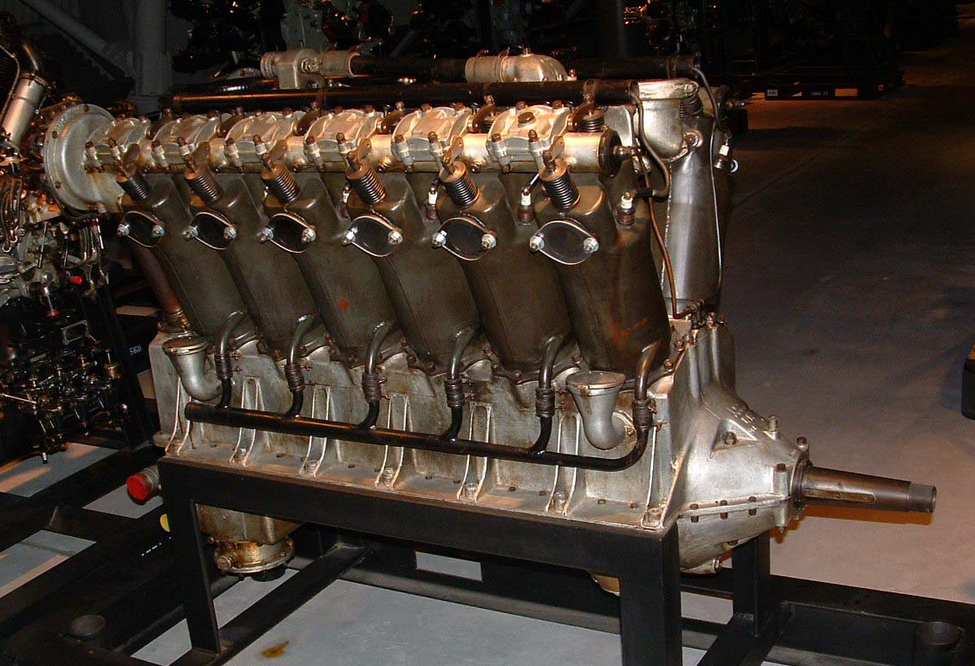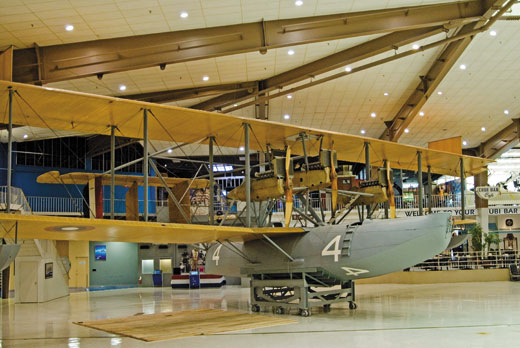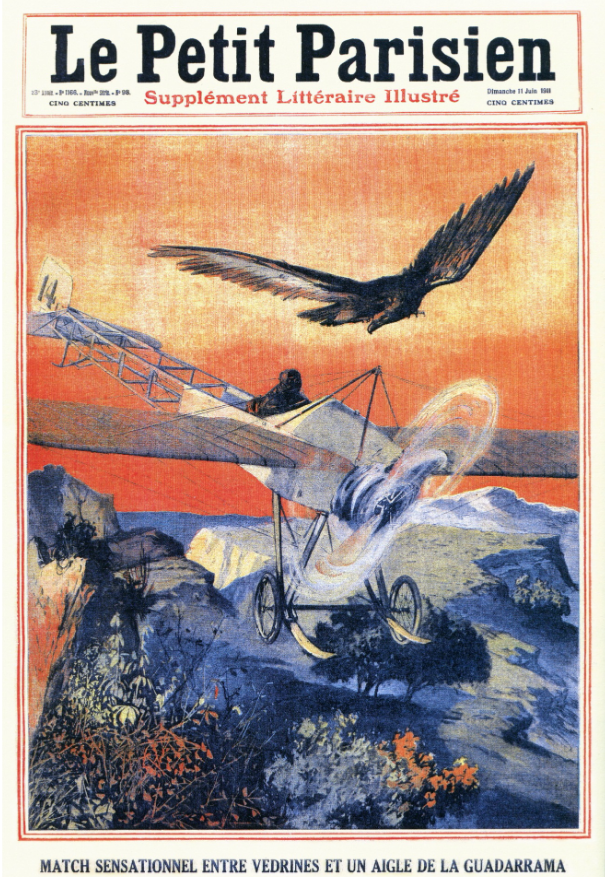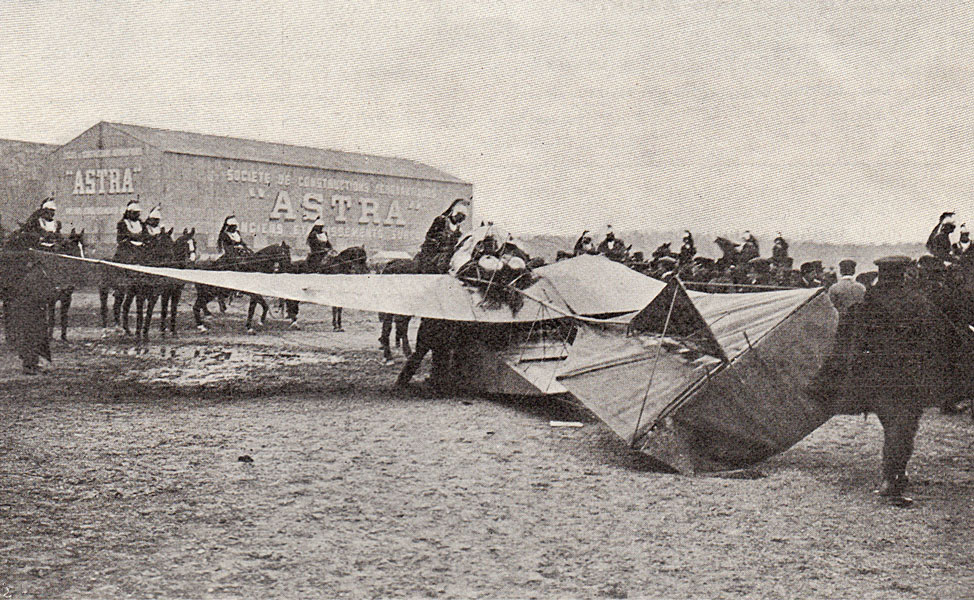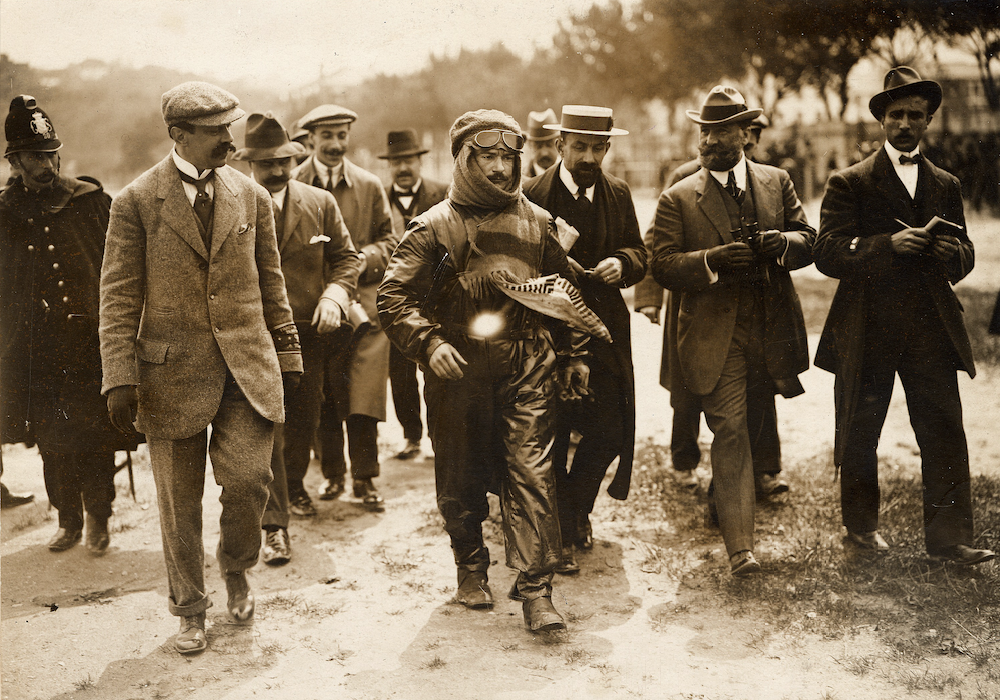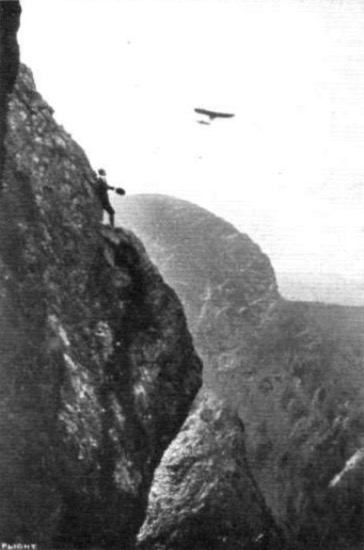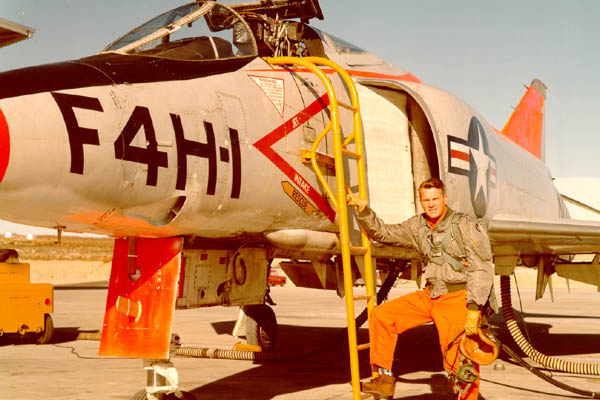
![]() 27 May 1958: At Lambert Field, St. Louis, Missouri, McDonnell Aircraft Corporation’s Chief Test Pilot (and future company president) Robert C. Little made the first flight of the YF4H-1 prototype. The twin-engine Mach 2+ airplane was the first pre-production model of a new U.S. Navy fleet defense interceptor that would be developed into the legendary F-4 Phantom II fighter bomber.
27 May 1958: At Lambert Field, St. Louis, Missouri, McDonnell Aircraft Corporation’s Chief Test Pilot (and future company president) Robert C. Little made the first flight of the YF4H-1 prototype. The twin-engine Mach 2+ airplane was the first pre-production model of a new U.S. Navy fleet defense interceptor that would be developed into the legendary F-4 Phantom II fighter bomber.
The flight lasted 22 minutes. Little had planned to go supersonic but a leak in a pressurized hydraulic line caused him to leave the landing gear extended as a precaution, should the back-up hydraulic system also have a problem. This limited the maximum speed of the prototype to 370 knots (426 kilometers per hour). A post-flight inspection found foreign-object damage to the starboard engine.
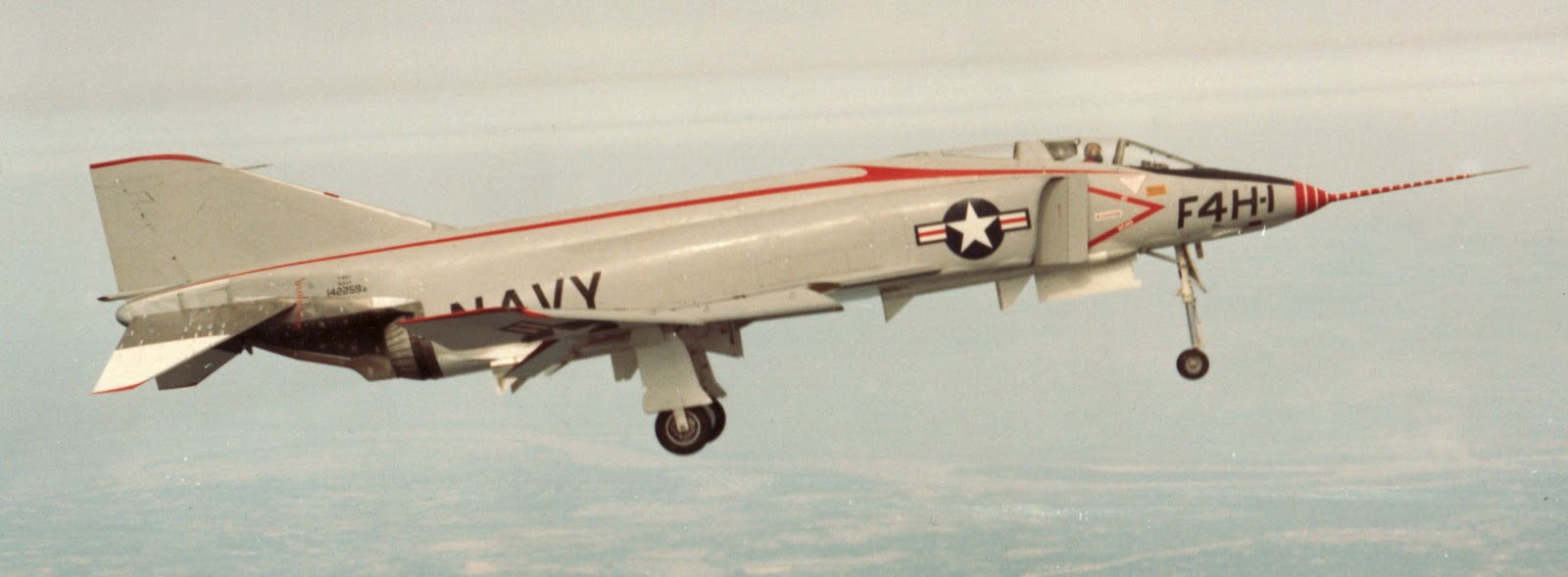
Initially designated XF4H-1 and assigned Bureau of Aeronautics serial number (“Bu. No.”) 142259, the identifier was changed to YF4H-1. It had been in development for over five years based on a company proposal to the Navy.
The McDonnell YF4H-1 Phantom II was 56 feet, 7.9 inches (17.271 meters) long with a wingspan of 38 feet, 4.89 inches (11.707 meters) and overall height of 16 feet, 3.0 inches (4.953 meters). With wings folded, the airplane’s span was narrowed to 27 feet, 6.6 inches (8.397 meters). The wings were swept 45° at 25% chord. The inner wing had no dihedral, while the outer panels had 12° dihedral. The stabilator had a span of 16 feet, 5.0 inches (5.004 meters), with -23.25° anhedral. The wheelbase of Phantom II’s tricycle undercarriage was 23 feet, 3.25 inches (7.093 meters), with a main wheel tread of 17 feet, 10.46 inches (5.447 meters).
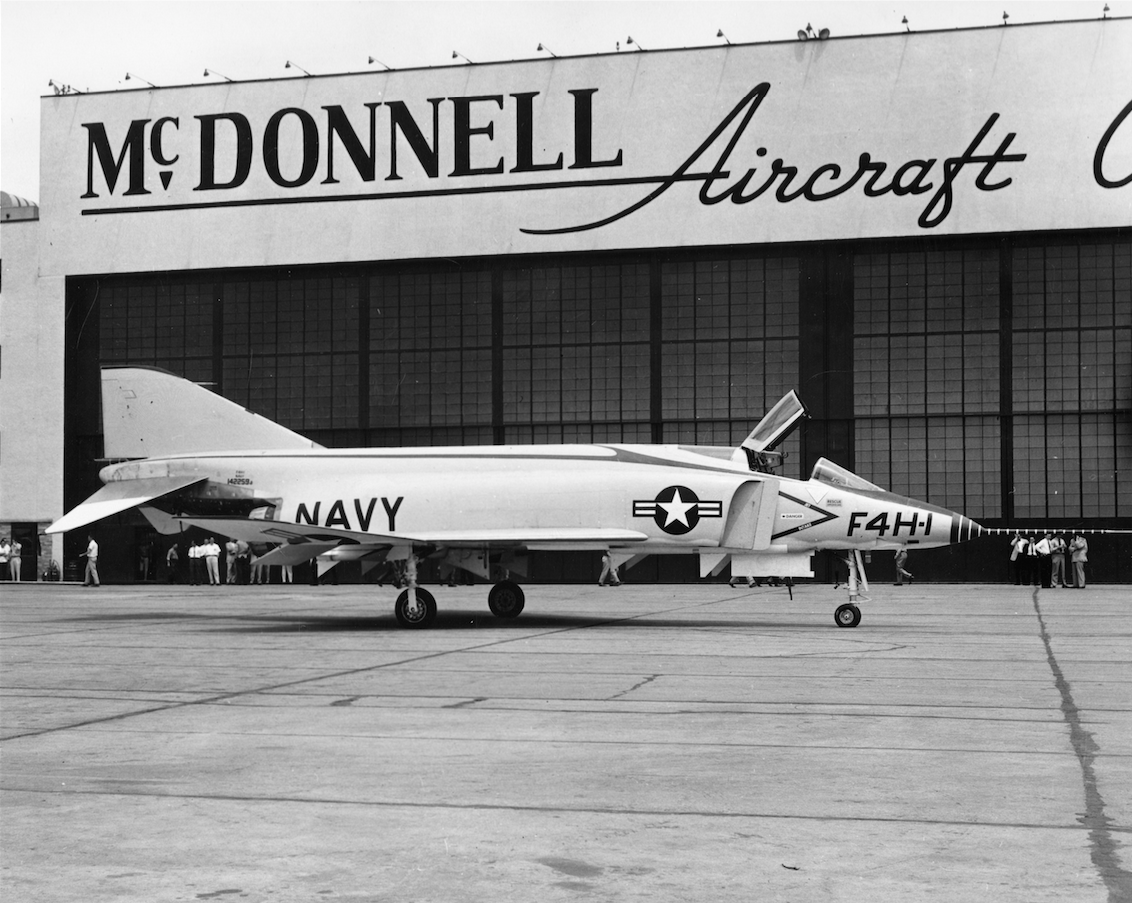
The YF4H-1 prototype was powered by two General Electric J79-GE-2 engines. These were single-spool, axial-flow turbojet engines with a 17-stage compressor and 3-stage turbine. The J79-GE-2 was rated at 10,350 pounds of thrust (46.039 kilonewtons), and 16,150 pounds (71.389 kilonewtons) with afterburner. The engines were 17 feet, 4.0 inches (5.283 meters) long, 3 feet, 2.3 inches in diameter (0.973 meters), and each weighed 3,620 pounds (1,642 kilograms).
The production F4H-1 (F-4B) had a maximum speed of 845 miles per hour (1,360 kilometers per hour) at Sea Level and 1,485 miles per hour (2,390 kilometers per hour) at 48,000 feet (14,630 meters meters). (Mach1.11 and Mach 2.25, respectively). The service ceiling was 62,000 feet (18,898 meters) and maximum range with external fuel was 2,300 miles (3,700 kilometers).
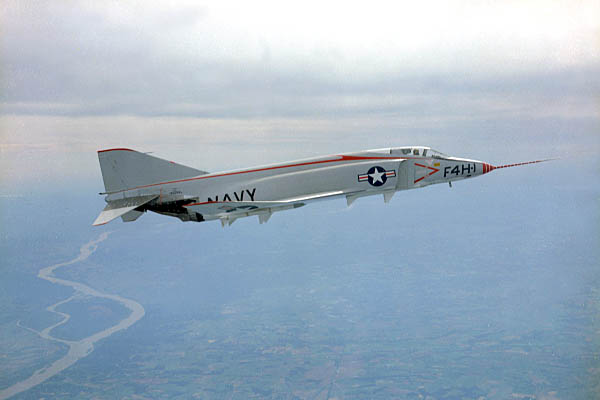
The second prototype YF4H-1, Bu. No. 142260, flown by Commander Lawrence E. Flint, Jr., USN, set a Fédération Aéronautique Internationale (FAI) World Record for Altitude, 6 December 1959, when it zoom-climbed to 30,040 meters (98,556 feet).¹ On 22 November 1961, flown by Lieutenant Colonel Robert B. Robinson, USMC, 142260 also set an FAI World Record for Speed over a Straight 15/25 Kilometer Course, averaging 2,585.425 kilometers per hour (1,606.509 miles per hour).² On 5 December 1961, the same Phantom set an FAI World Record for Altitude in Horizontal Flight at 20,252 meters (66,444 feet) with Commander George W. Ellis, USN, in the cockpit.³
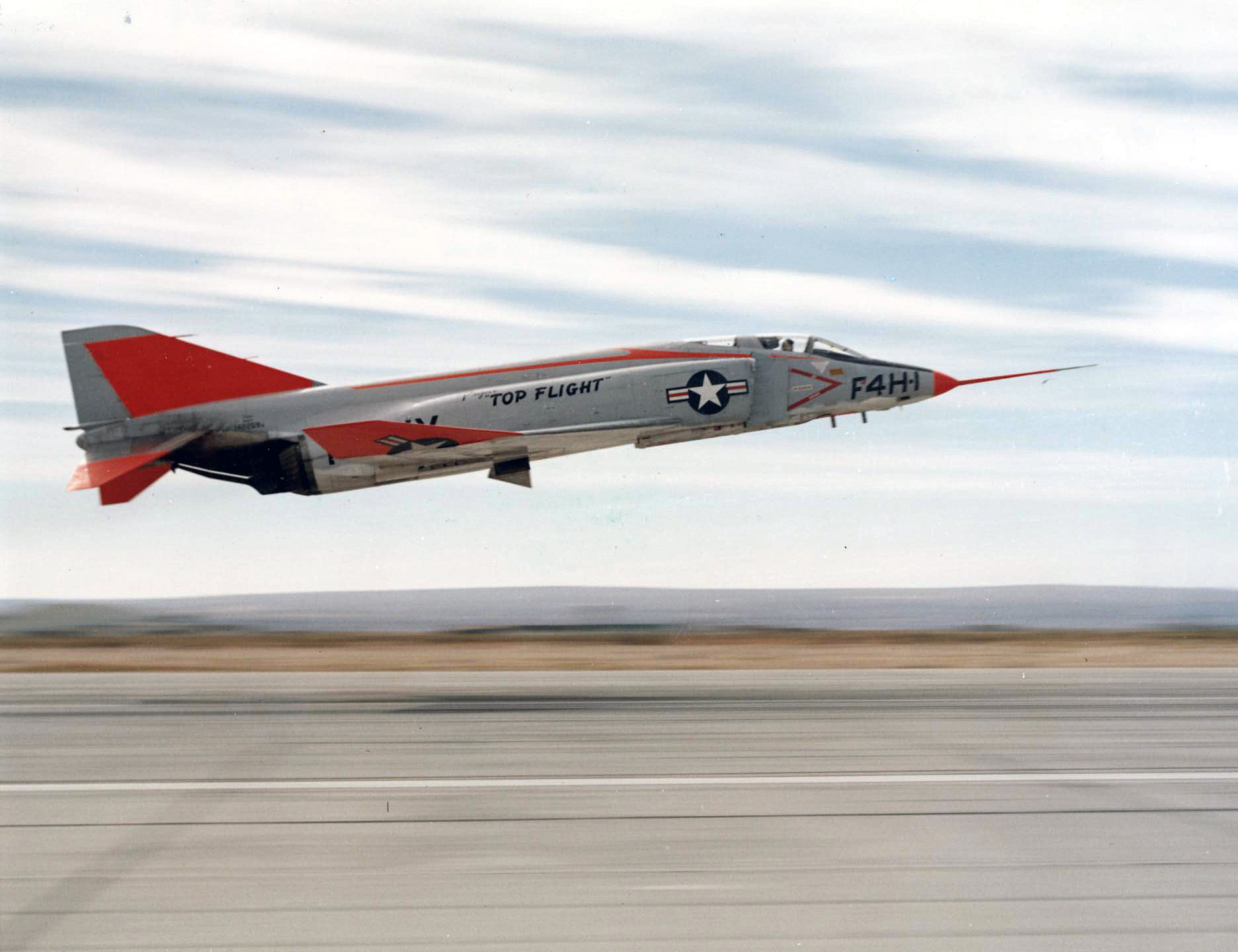
The F-4A through F-4D Phantoms were armed with four AIM-7 Sparrow radar-homing air-to-air missiles, and could carry additional Sparrows or AIM-9 Sidewinder infrared-homing missiles on pylons under the wings. Up to 16,000 pounds (7,257 kilograms) of bombs could be carried on five hardpoints.
McDonnell Aircraft built two YF4H-1 prototypes, followed by 45 F4H-1F (F-4A) Phantom IIs before the F-4B was introduced in 1961. 649 F-4Bs were produced. The initial U.S. Air Force variant was the F-110A Spectre (F-4C Phantom II). McDonnell Douglas delivered its last Phantom II, an F-4E-67-MC, on 25 October 1979. In 21 years, the company had built 5,057 Phantom IIs.

After 11 test flights at St. Louis, Bob Little flew the YF4H-1 west to Edwards Air Force Base in the high desert of southern California where more detailed flight testing and evaluation took place.
On 21 October 1959, a failure of an engine access door led to a cascading series of problems which resulted in the loss of the airplane and death of the pilot, Gerald “Zeke” Huelsbeck.
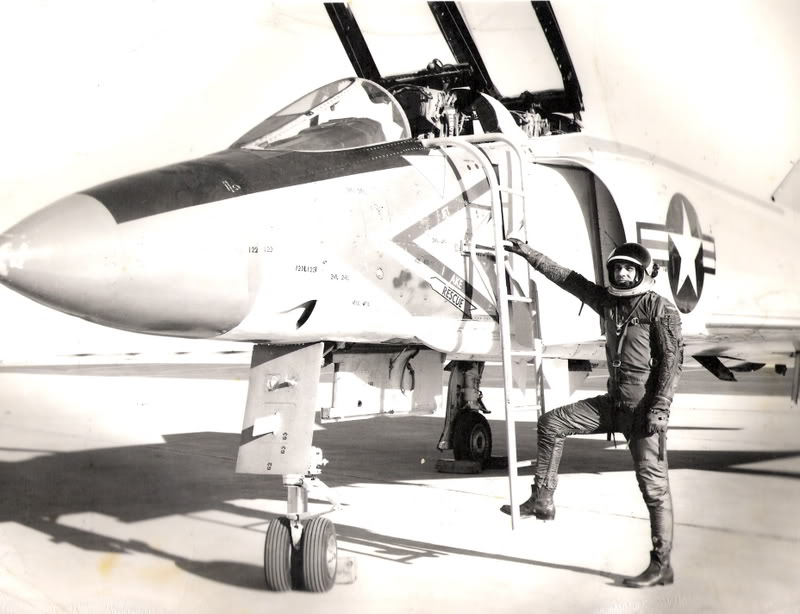
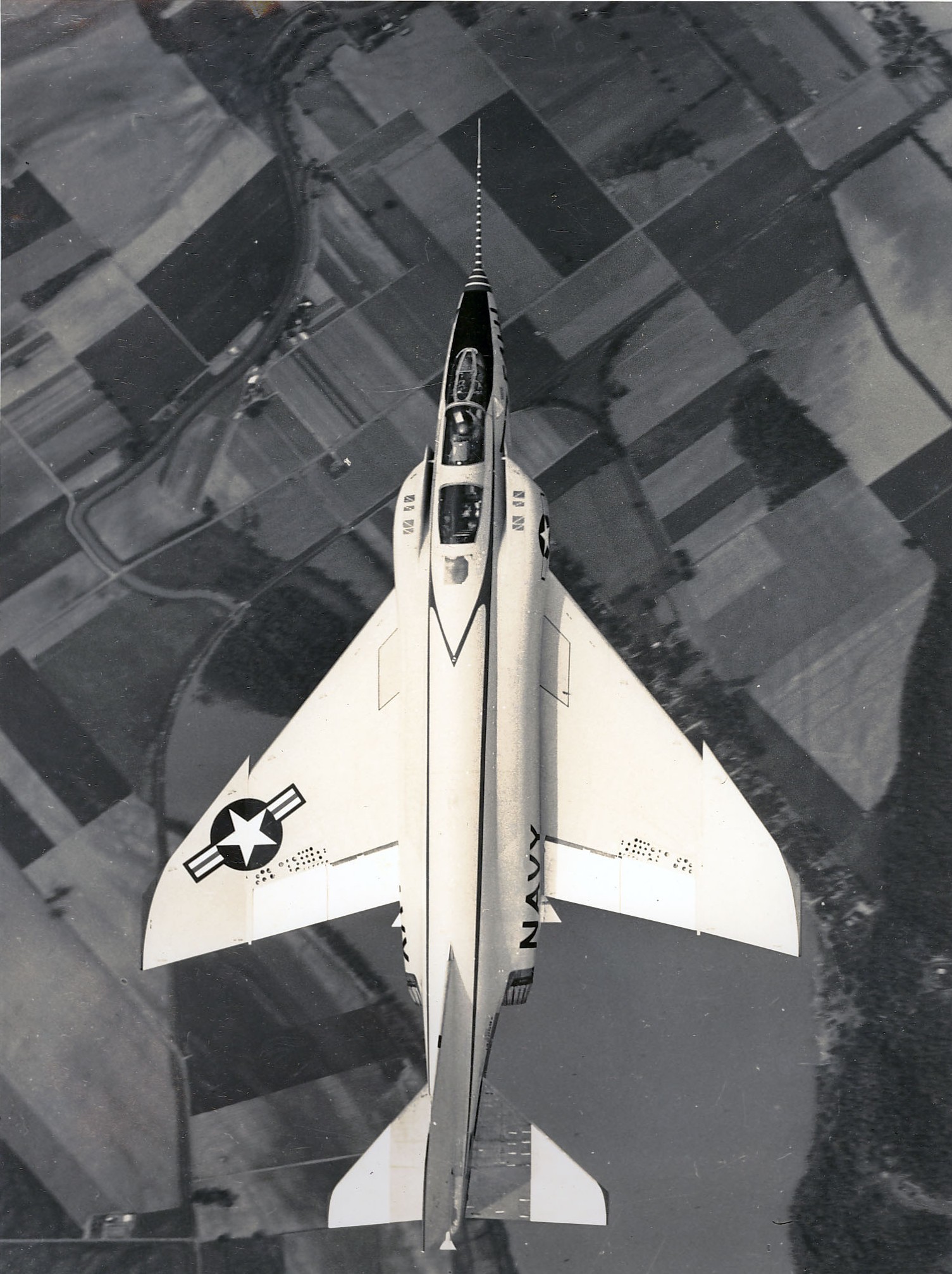
¹ FAI Record File Number 10352
² FAI Record File Number 9060
³ FAI Record File Number 8535
© 2019, Bryan R. Swopes
